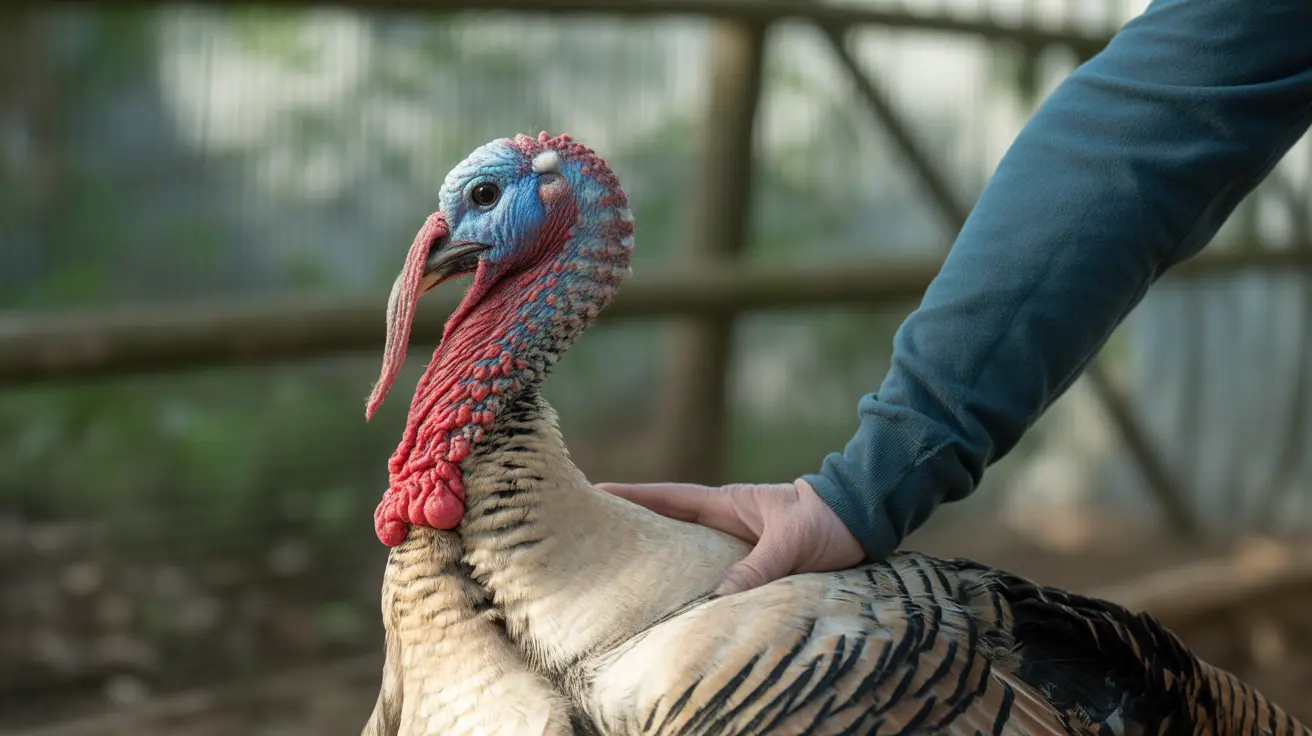Understanding the Most Fatal Disease in Cats: Spinal Cord Injury
Spinal cord injuries in cats represent a critical health emergency due to the potential for permanent neurological damage and even death. These injuries can stem from various causes and often present with a complex set of symptoms that demand immediate and targeted veterinary intervention.
Common Causes of Spinal Cord Injury in Cats
Cats can suffer spinal cord injuries from numerous triggers, categorically including physical trauma, congenital issues, and disease processes. Notable causes are:
- Trauma: Falls from heights, car accidents, blunt force injuries, gunshot or bite wounds
- Intervertebral Disc Disease: Herniation or slipped discs causing spinal compression
- Birth Defects: Congenital spine abnormalities
- Infections: Bacterial, viral, fungal, parasitic, or protozoal attacks on the spinal column
- Vascular Disorders: Such as fibrocartilaginous embolism causing sudden blood flow loss to the spinal cord
- Tumors: Including lymphoma and other cancers affecting spinal tissues
- Nutritional Imbalances: Thiamine deficiency or hypervitaminosis A impacting neurological health
- Degenerative Diseases: Lumbosacral stenosis or spondylosis deformans
Key Symptoms of Spinal Cord Injury
Identifying spinal cord injury symptoms is crucial for rapid treatment. Signs can appear suddenly or progressively and may include:
- Partial or complete paralysis of limbs
- Ataxia: Uncoordinated or jerky movements
- Tremors, muscle spasms, or weakness
- Incontinence: Loss of bladder or bowel control
- Pain: Vocalizing when touched along the back or spine
- Lack of sensation in limbs or tail
- Weight loss, loss of appetite, or behavioral changes
Diagnosis Methods
A comprehensive diagnostic approach helps localize the injury and determine its severity. Common tools include:
- X-rays: Show bone fractures or dislocations
- Myelography: Uses dye to highlight spinal compression
- CT and MRI scans: Detailed imaging for detecting compressive lesions or tumors
- CSF analysis: Detects infections or inflammation
- Blood and urine tests: Identify systemic illness
Deep pain perception testing is a key prognostic tool. Absence of this response often indicates a poor chance of recovery.
Treatment Approaches
Effectiveness of treatment depends on timely diagnosis and coordinated care. Therapeutic measures include:
- Stabilization: Immediate care to maintain vital functions
- Immobility: Restricting movement to prevent further damage
- Pain Management: Use of NSAIDs, opioids like buprenorphine or fentanyl
- Anti-Inflammatories: Corticosteroids to reduce swelling (with caution)
- Surgery: Required for compressive injuries, fractures, or tumors
- Muscle relaxants: Such as diazepam or methocarbamol
- Antibiotics: To treat urinary or systemic infections
- Physical Therapy: Includes hydrotherapy and range-of-motion exercises
- Gastrointestinal and Bladder Support: Medications for motility and urination
- Nutritional Supplements: B12, omega-3 fatty acids, antioxidants
Recovery and Prognosis
Prognosis varies based on the injury’s severity and whether pain perception is intact.
- Mild to moderate injuries: Often recover well with treatment
- Severe injuries: May result in permanent disability or death
- Fibrocartilaginous embolism: May stabilize quickly
- Surgical cases: Benefit from early intervention
Cats may require ongoing care for incontinence, mobility issues, or behavioral changes. With proper veterinary management, many affected cats regain substantial function or adapt well to their circumstances.
Prevention Tips
Proactive steps can minimize the risk of spinal trauma:
- Keep cats indoors to avoid traffic and predator injuries
- Secure balconies and windows to prevent falls
- Maintain healthy weight to reduce spinal stress
- Install safe ramps and bedding for at-risk cats
Conclusion
Spinal cord injury is one of the most fatal and debilitating conditions in cats, but prompt diagnosis and care offer the best chance for recovery. Understanding risk factors and ensuring timely veterinary attention can make a life-saving difference. With the right support, even cats facing this grave diagnosis can enjoy mobility, comfort, and quality of life.





